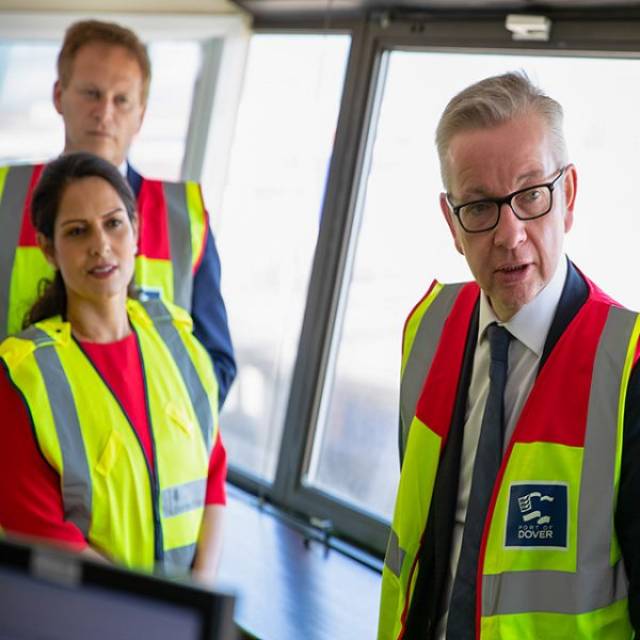The UK and Europe's busiest ferryport the Port of Dover has recently appointed a chief operations officer.
On an annual basis the English Channel port according to the Port of Dover handles 18,000 vessels in a 24/7 operation enabling to provide a critical link in Britain’s economy. The port in Kent offers essential gateway services for 2.5 million HGVs and around 12 million passengers with up to 120 ferry arrivals and departures each day.
In addition the Port also has a thriving cruise business (see Afloat story) and expanding cargo business, which highlights its diverse range of activity.
The first stage of the £250 million Dover Western Docks Revival (DWDR) project is nearing completion – a project which will deliver an additional 20% of operational capacity and platform for growth and regeneration. This, combined with the challenges of the UK's departure from the European Union, make it an interesting and vital time to take on the role of COO at the Port of Dover.
The incoming COO, Sarah West stated: “I am delighted to be joining the team at the Port of Dover at such an exciting time, when the Port has great opportunities for growth and further successes. I look forward to working with my new colleagues to build long term, sustainable relationships with our customers based on operational excellence.”
Commenting on the port's appointment, Doug Bannister, CEO said: “Operating Europe’s busiest port, and continuing to deliver our services to a high standard whilst going through a period of uncertainty requires a high calibre Chief Operations Officer. Equally, looking towards the future and setting the strategy for operational improvements given advancing technology and sustainability, presents a compelling proposition for the right candidate. I am delighted that we have secured Sarah into this important role for the Port."
Sarah is expected take up the appointment in the Autumn.






























































